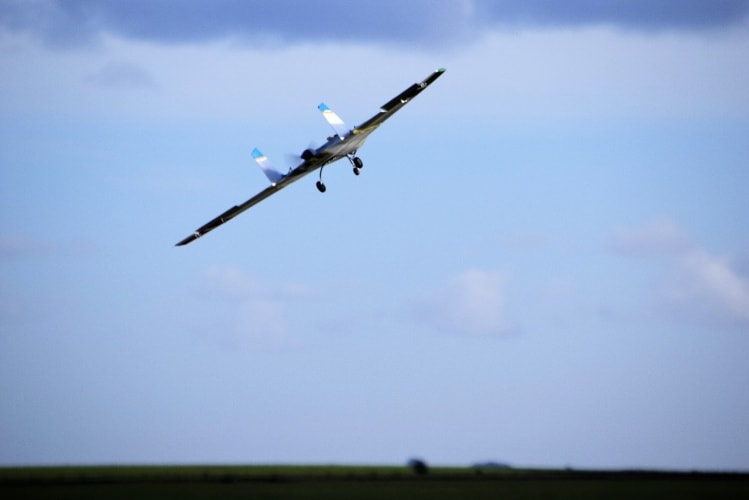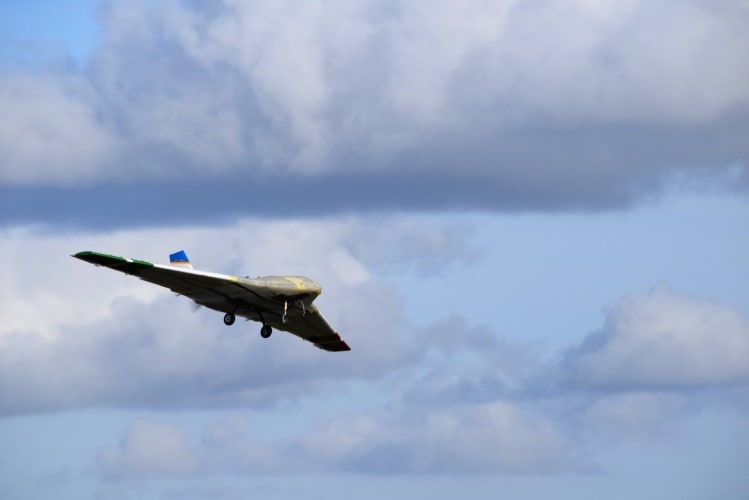Last year's Institution of Mechanical Engineers’ Unmanned Aircraft Systems (UAS) Challenge saw the drone team from the University of Bath take top prize. Back to defend the crown, team leader Ed Handford will be keeping The Student Engineer up to date on Bath's progress towards the 2018 competition, which will see 25 teams face off. In the first of a new series, Ed gives us some details on how things are going with the team's drone.

The time has come to defend the title! A new year, a new team, ready to take to the skies!
Our team this year has nine members, specialising in different aspects of the UAS, from aerodynamics to radio communications. Last year set the bar very high, with the team winning three awards at the event; the design award, innovation award and most importantly…… Grand Champions. However, we believe there is still a lot of room for improvement.
The aim of the challenge is to deliver a series of aid packages at specific points in a search and rescue scenario. Ideally all run autonomously from take-off, detection, payload delivery, and landing.
https://www.theengineer.co.uk/imeche-drone-challenge-25-teams/
What stage is the project is at now?
We are in currently in the process of designing and testing new components and running simulations to critically analyse them. Our first successful flight test was completed in February using the previous year’s UAS structures to test existing and new ideas. A feature that persisted to be troublesome during the flight test was the landing gear, as it sheared off several times in long grass, but once patched up the wheels started to turn and the aircraft flew without a hitch.
Overall, the flight test proved to the team that there were considerable design aspects to change, to be applied onto this year’s UAS. The overall frame construction this year is being redesigned, to be transformed into a complete carbon fibre fuselage to cope with higher dynamic loads and to shave off a few precious grams.

What’s the plan for this year’s UAS?
The design for the drone this year is fixed-wing aircraft with a 2.5m wingspan, and the ability to carry up to 3kg of payload, in addition to all the electronics and components on board. The top speed will be about 39Knots (20m/s), provided with dual pusher props. We plan to incorporate reverse thrust capabilities for rapid descents and extreme taxiing manoeuvres, as well as a few fun tricks…
As well as creating the UAS for the competition, the team are all working on individual projects to complete their master’s degrees; the projects range from artificial intelligence to gust stabilisation.
The event is soon approaching and we are looking forward to seeing the rest of the competition!




JLR teams with Allye Energy on portable battery storage
This illustrates the lengths required to operate electric vehicles in some circumstances. It is just as well few electric Range Rovers will go off...